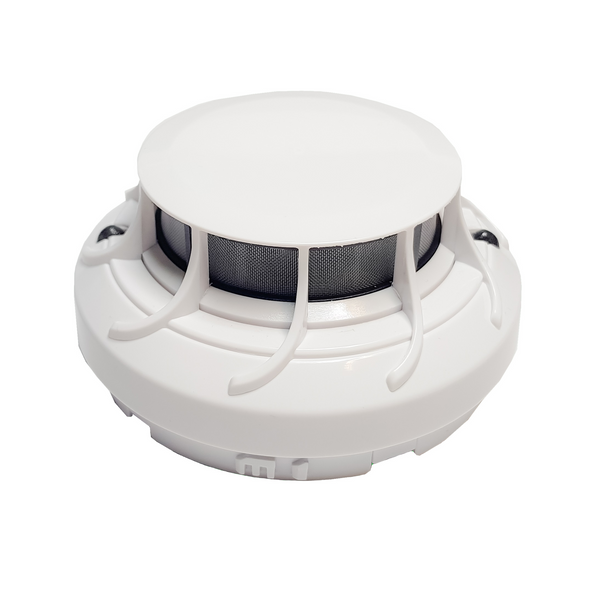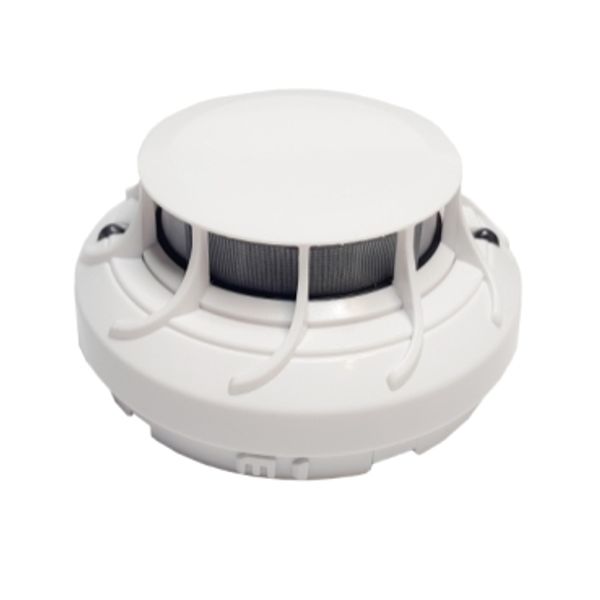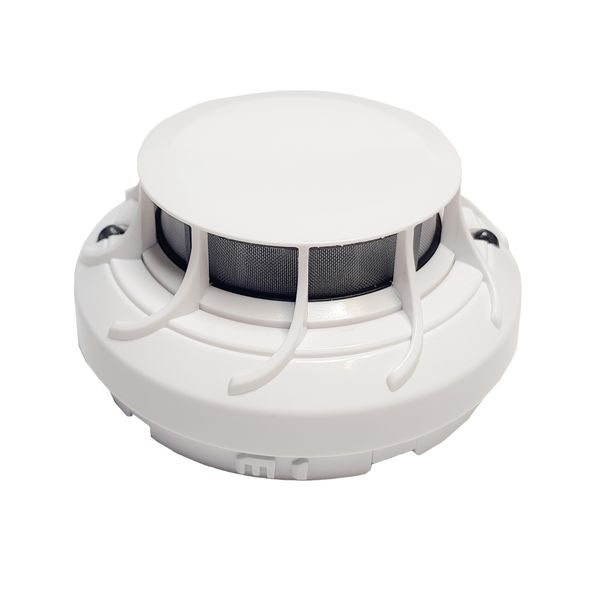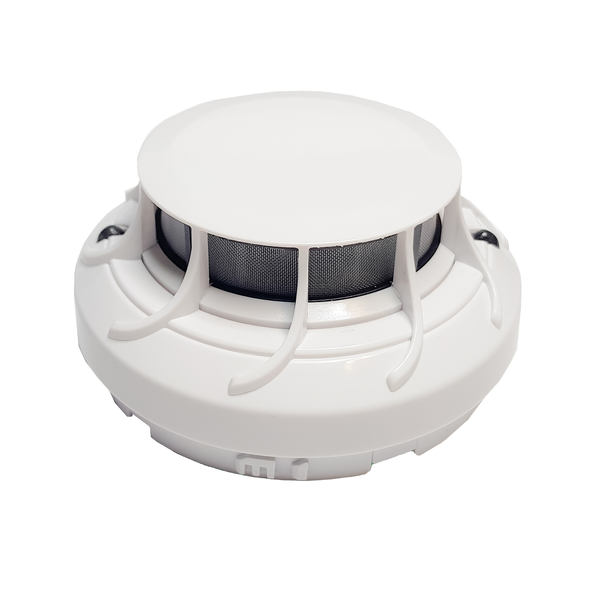Register to unlock your exclusive B2B prices and start shopping. Sign up now!
High sensitive smoke detector, 72051EI
In stock: No
Vendor stock: No
Minimal order quantity: 1
Price (excl. VAT):
716,22 €
EAN: 6430043859022
MPN: FFS06711100
Package: 1
Technical Information
| Item condition | New |
| Manufacture name | High sensitive smoke detector, 72051EI |
| Brand | Schneider Electric |
| Categories |
Fire alarm security
|
| Mounting method | Other |
| Colour | White |
| Current supply primary | Mains power supply |
Packing details
| Packing level 1 | 6430043859022 |
Other Technical data
| Self-adhesive | No |
| Cable entry | Other |
| Voltage type of supply voltage | DC |
| Operating principle | Combination |
| Standalone | No |
| Smoke switcher | Yes |
| Networkable via radiografic (standard) | No |
| Networkable via cable | No |
| With voltage indication | No |
| With backup battery | No |
| Backup battery included | Other |
| Type of test-/pause button | Combination |
| Networkable via radio (optional) | No |
| With orientation lighting | No |
| With Q-label | No |
| IFTTT support available | No |
| Compatible with Apple HomeKit | No |
| Compatible with Google Assistant | No |
| Compatible with Amazon Alexa | No |
| Separate socket needed | No |
| Suitable for duct mounting | No |
| VdS accepted | No |
Downloads
Description
The 72051EI high sensitivity, high gain amplifier based intelligent smoke sensor provides extremely high sensitivity to fire conditions, by detecting the earliest particles of combustion. This is achieved by combining a patented optical chamber with advanced high power output IR LED diode and precision optics technology, which is matched with a unique superior high gain IR receiver amplifier. The chamber is supported by sophisticated processing circuitry and microprocessors that feature smoothing-filter algorithms to help eliminate transient environmental noise conditions and reduce nuisance alarms. It has a very sensitive but stable sensor that can achieve 0.06 to 6.41% /m obscuration sensitivity, providing up to 100 times more sensitivity than a standard photoelectric smoke sensor. This sensor is ideally suited to environmental applications where there is a substantial cost for downtime or a significant investment in installed equipment has been made (e.g. electronics manufacturer clean rooms, computer rooms). The sensor has three stages of drift compensation, ‘low-level alert’, ‘high-level alert’ and ‘maintenance urgent’.








